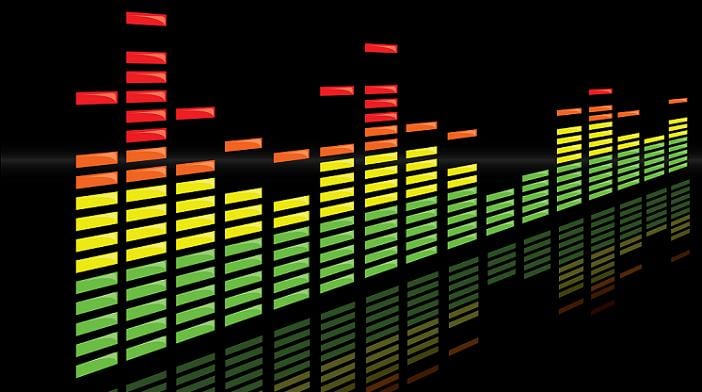 Image via Shutterstock
Image via Shutterstock
With 2017 in the rear-view mirror, it’s time to look at how the music industry did last year and learn from what worked and what failed. Nielsen’s year-end music report states which titles performed the best, which styles led the way, and uses pure data to highlight that while the music industry is growing again, there are certain sectors that look like they might not be around much longer.
Here are three major takeaways for up-and-coming musicians that might be able to help you in your careers, even if you don’t care who sold the most albums in 2017 (Taylor Swift, by the way).
1. Streaming isn’t going away anytime soon
Of the three tidbits of information I have decided to include in this piece, the first should be the most obvious, and while I shouldn’t need to state that streaming is now the dominant way for millions of Americans to access their favorite songs and albums, the numbers connected to services like Spotify and Apple Music are so ridiculously high (and still growing all the time), they’re worth sharing.
In 2017, Americans streamed 618 billion songs. Yes, that’s right, more than half a trillion streams were racked up in the US in just one year, and that figure doesn’t even take into account major services like Pandora or iHeartRadio. Instead, it only looks at on-demand players, where the listener has full authority to select whatever he or she likes.
That 618 billion number is up 43 percent from the year prior, and every segment of the field grew by leaps and bounds as well. Four-hundred billion of those were audio-only, and the rest were video Those verticals climbed by 58 percent and 21 percent, respectively, so it’s clear that no matter where they are online, songs will be streamed.
This is all to further underline a point that has been made to every musician many times over: You need to have your music available on streaming platforms. If you don’t like the terms, that’s understandable, but he numbers don’t lie, and Americans aren’t going to stop streaming anytime soon, so if you’re one of the few that refuses to join the masses, you’ll likely be left behind.
[How to Adapt to the Wide World of Streaming]
2. Hip-hop is king
For the first time in US history, a new genre has risen to the top when it comes to the most-consumed styles, and that is something you should be aware of. Hip-hop overtook rock halfway through 2017 as the most popular kind of music in America, and by the end of the year, hip-hop and R&B (which Nielsen lumps together, even though they are arguably very different from one another) were responsible for almost a quarter of all music consumption in this country.
I’m not saying that if you produce rock, indie, pop, dance, or any other type of music that you should start a rap career, but if you’re looking to reach a large audience, there may be interesting ways you can combine the most popular genre in the US with what you’re doing. Both pop and electronic dance artists at the top of their game have found incredible success by incorporating hip-hop into singles, and you should at least consider doing the same.
Even if the final product doesn’t end up being a chart-topper, it might catch the attention of labels and booking people, and it’s a good way to be heard by the fanbases of whatever rappers feature on your tunes.
3. Two types of sales are growing
As streaming figures climb, sales continue to drop, though that story is much older than the rise of platforms like Spotify. Purchases of CDs, as well as digital albums and singles, have been declining for well over a decade, and now they lose ground to the tune of double-digit percentages every year. There are two fields that do grow year after year, and while it’s worth knowing about them and keeping them in mind, neither of them (both of them combined, in fact) don’t come anywhere near to the heights that compact discs once hit.
Vinyl enjoyed another big year in 2017, as sales of wax records in the US climbed to 14.3 million, a record high since Nielsen began properly tracking sales back in the ‘90s. That’s up just nine percent from 2016, and while that’s not an enormous leap, any gain in purchases is good news for the music industry.
Believe it or not, the only other format that also experienced an increase in sales is cassettes. That’s right, Americans have decided they like tapes again...well, a few of them, anyway. Cassette sales rose by an impressive 35% in 2017, though there were still fewer than 200,000 purchases in this country in the last 12 months, which amounts to much less than one percent of all sales.
Selling your art is still a good idea, and if you do it right, it can still be a valuable source of income, but with album and single sales dwindling rapidly, and only slightly inconvenient or less popular methods on the rise, don’t count on it filling your bank account and saving the day.
Hugh McIntyre is a freelance pop music journalist in NYC by way of Boston. He has written for Billboard, The Hollywood Reporter, and MTV, as well as various magazines and blogs around the world. He is also the founder and editor-in-chief of the blog Pop! Bang! Boom! which is dedicated to the genre of pop in all of its glory.







